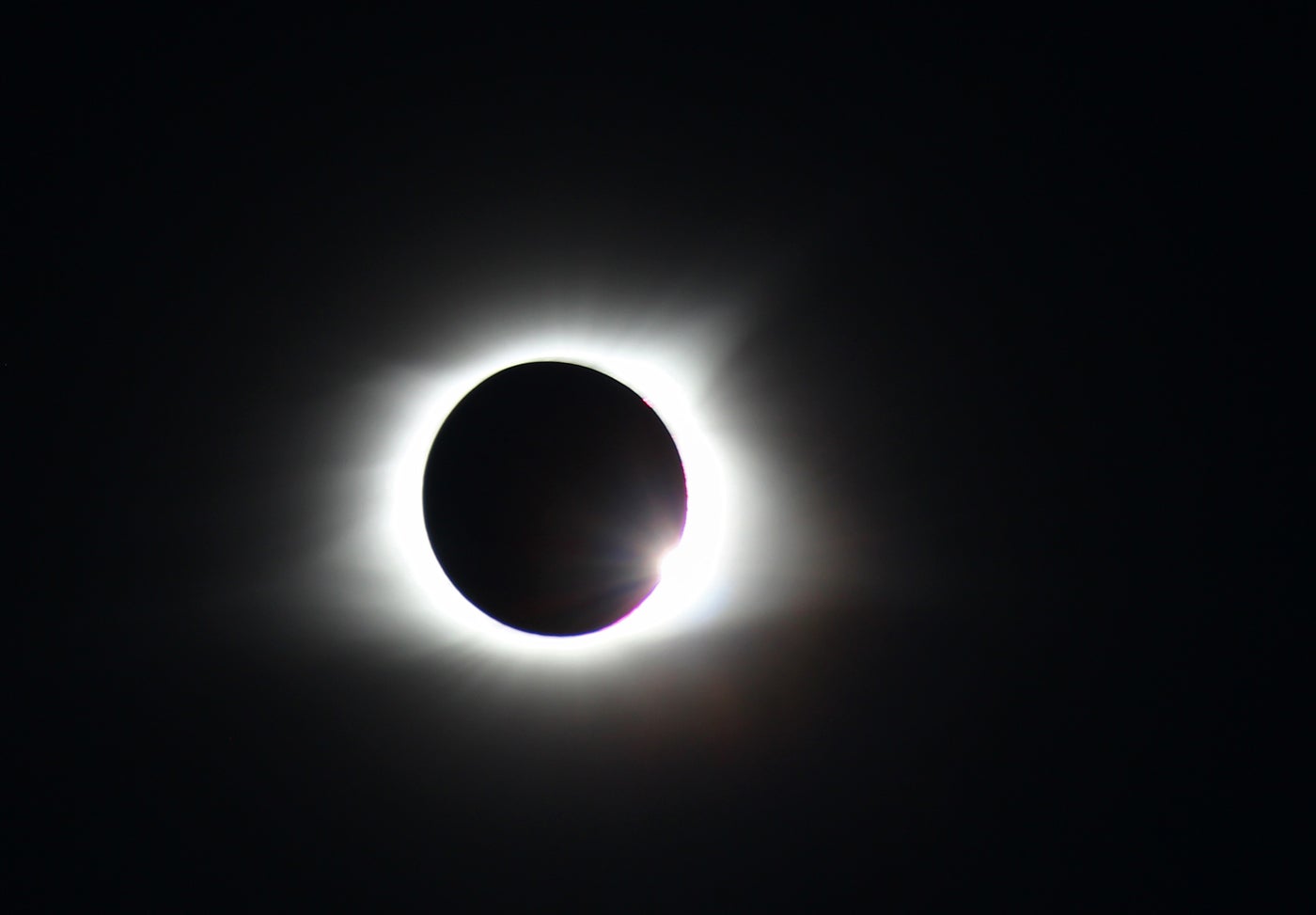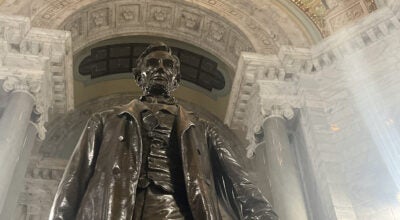Coming loss of majority status for whites stokes identity politics
Published 6:54 am Thursday, August 30, 2018
By ERIC MOUNT
Contributing columnist
Who knew what when? And with what response?
The “what” is that non-Hispanic white Americans are losing their majority status. The responses range from the violent white nationalism of Charlottesville infamy to some remarkably positive statistics in a recent survey.
Some people got the message by living in one of the twenty-five states where non-Hispanic white deaths exceed non-Hispanic white births. Other people got the message in 2013, when the U.S. Census revealed that, for the first time, non-white infants under the age of 1 outnumbered non-Hispanic white infants nationwide.
That was during President Obama’s second term, and the evidence grows that the fact of his election and re-election was what signaled the fading of white majority dominance for many. That very year, in a survey conducted by the Center for American Progress, Policy Link, and the Rockefeller Foundation, the median participant thought that the country was 49-percent non-white. The number was actually 37 percent.
Michael Tesler’s book, “Post-Racial or Most-Racial: Race and Politics in the Obama Era,” argues persuasively that the Obama presidency “further racialized American politics,” splitting the two parties by racial attitudes as well as racial composition. The reasons he gives are not the ones we often hear. Obama discussed race less than any president since FDR. Obama tried to be post-racial, but Rush Limbaugh still claimed that you had to hate white people to get a job in his administration.
The substance of the Affordable Care Act is also not the main reason for white opposition. The black v. white divide over support of Obamacare was 20 percentage points larger than a similarly controversial health care proposal of President Clinton. Attitudes on race drove nearly everything else in hostility to Obama. Even perceptions of the Obama family dog were more resentful than when people were told that it was Ted Kennedy’s dog. In 2012, Obama got only 39 percent of the white vote, even less than Michael Dukakis as a candidate.
In the 2016 election, the biggest gains that Trump made over Romney’s previous showing came where the Latino population had grown quickly. In a county with 600-percent growth between 2000 and 2014, Trump got 12 percent more votes than Romney had garnered.
According to VOX, Harvard political scientist Ryan Enos conducted a crafty experiment in the Boston area by sending large numbers of Spanish speakers to randomly selected transit stations in white suburbs over a three day period to create an impression of a swell in Latino population. A follow-up survey of attitudes on immigration found that the most liberal Democratic passengers now were endorsing immigration policies like President Trump’s — even the deportation of children of undocumented immigrants.
However people have been getting or imagining the message of impending minority status for white Americans, the projections of our most recent U.S. Census made 2043 the year that the majority of Americans would in fact be non-white, confirming the fear that many are harboring. How are most Americans handling this wake-up call?
In yet another of its useful surveys (this one made public on July 17), the Public Religion Research Institute offers this round-up of positive and negative responses to the anticipated majority/minority shift. To the probable surprise of many, 64 percent of all Americans surveyed think that this shift will be a positive change. Fifty-six percent of non-Hispanic white Americans even view the change positively. For both Hispanics and black Americans, the number is 78 percent. For Democrats, 85 percent are in the positive column; for Republicans, only 43 percent.
The survey provides a religious breakdown for those who view the change as negative. Only 23 percent of the religiously unaffiliated are negative, followed by 32 percent of Catholics and 39 percent of white mainline Protestants. The only group viewing the change as negative is white evangelical Protestants, with 52 percent opposed. (Kentucky is 49-percent white evangelical Protestant and 85.6-percent non-Hispanic white, while 62.06 percent is the national percentage.)
From the ranks of those who feel the most threatened by the majority/minority flip that is occurring come the supporters of a “zero tolerance” immigration policy, the Muslim ban, birther claims about Obama, white nationalism and white identity politics. President Trump successfully tapped into this white identity surge among the fearful.
Ashley Jardina, Duke political scientist, wrote a dissertation in 2014 titled “The Demise of Dominance: Group Threat and the New Relevance of White Identity for American Politics.” As long as white people still feel that they are dominant, they don’t feel compelled to protect “white rights.” “White identity” consciousness comes and goes depending on perceived or actual threat. Extremists in growing hate groups are moved by fear.
The white identity discussion has produced a telling twist in the argument about whether the Trump triumph is rooted in economic anxiety or racial resentment. One popular diagnosis claims that the racial resentment surge has emerged from a more fundamental economic anxiety. A book by John Sides, Michael Tesler, and Lynn Vavreck, “Identity Crisis: The 2016 Presidential Campaign and the Battle for the Meaning of America,” argues the opposite.
According to “Identity Crisis,” although job growth was slightly slower in Trump’s beginnings than it had been under Obama, the most racially resentful were immediately the most optimistic. There was an 80-percent confidence jump among Republicans, and there was a 37-percent confidence drop among Democrats. When the economy became Trump’s economy instead of Obama’s economy, those most resentful of Obama were the most delighted with Trump, and the most willing to believe his “greatest in history” claims.
In Louisville, members of a self-described militia group held two rallies last month opposing an ongoing immigration demonstration downtown. Charlottesville and other cities have seen efforts to restoke the white nationalist fire. Madison, Indiana, is bracing for a KKK rally on Sept. 1.
Let us resolve to foster the inclusion and mutual trust in our community that can counteract the backlash of white identity politics if it should rear its head among us.





